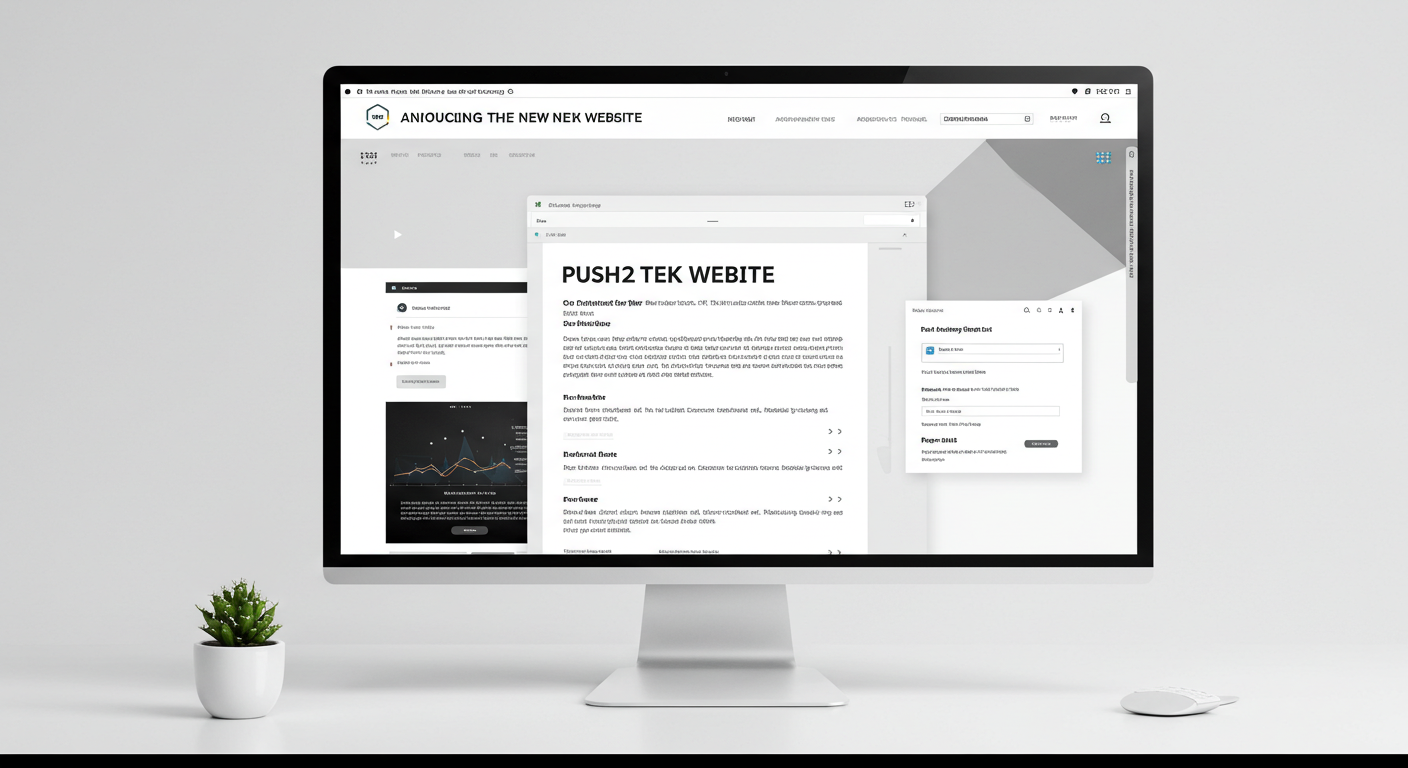Cloud Migration: Best Practices for Government Agencies
Migrating to the cloud offers government agencies a pathway to greater agility, security, and cost-efficiency—but it also presents unique challenges around compliance, data sovereignty, and legacy modernization. In this post, we’ll outline the best practices for a successful, secure cloud migration tailored to the public sector.
1. Assess Your Current Landscape
- Inventory Applications & Data
Document on-premises applications, databases, and dependencies. - Classify Workloads
Tag systems by criticality, sensitivity (e.g., public, internal, classified), and compliance requirements (e.g., CJIS, HIPAA, FedRAMP). - Identify Legacy Barriers
Flag outdated platforms or hardware requiring refactoring, replacement, or preservation on-prem.
2. Prioritize Security and Compliance
- Adopt a “Security by Design” Mindset
Bake in identity management (e.g., Azure AD, AWS IAM) and encryption at rest/in transit. - Leverage FedRAMP-Authorized Providers
Choose cloud vendors with the appropriate FedRAMP authorization levels for your agency’s data classification. - Implement Continuous Monitoring
Use cloud-native security tools (e.g., AWS Security Hub, Azure Security Center) alongside SIEM solutions for 24/7 threat detection.
3. Create a Phased Migration Strategy
- Pilot Non-Critical Workloads
Start with low-risk applications or test/dev environments to validate toolchains and processes. - Rehost (“Lift-and-Shift”)
Rapidly migrate VMs and containers with minimal code changes—ideal for straightforward compute workloads. - Refactor & Replatform
Modernize applications to leverage auto-scaling, serverless functions, and managed services for performance and cost gains. - Rearchitect for Cloud-Native
Break monoliths into microservices; adopt container orchestration (e.g., Kubernetes) when scalability demands it.
4. Ensure Robust Data Migration
- Use Secure Transfer Methods
Employ encrypted pipelines (e.g., AWS Snowball, Azure Data Box) for bulk data or API-driven syncing for incremental updates. - Validate Data Integrity
Run checksums and reconciliation scripts before and after transfer to catch corruption or loss. - Plan for Cutover & Rollback
Maintain dual-write setups during cutover windows and have a rollback plan ready in case of issues.
5. Optimize Cost Management
- Tag Everything
Implement resource tagging (project, owner, environment) to track and attribute expenses. - Right-Size & Autoscale
Continuously downscale idle resources and configure auto-scaling policies to match actual demand. - Leverage Reserved & Spot Instances
Commit to savings plans for steady-state workloads and use spot/preemptible VMs for batch processing.
6. Empower Teams with Training & Governance
- Establish a Cloud Center of Excellence (CCoE)
Form a cross-functional team to define standards, guardrails, and best practices. - Provide Role-Based Training
Offer certification tracks (e.g., AWS Certified Government – Cloud Practitioner) and hands-on workshops for administrators, developers, and security staff. - Document Policies & Playbooks
Maintain up-to-date runbooks for incident response, disaster recovery drills, and compliance audits.
7. Monitor, Iterate, and Innovate
- Implement Observability
Centralize logs, metrics, and traces with tools like Datadog, New Relic, or cloud-native solutions. - Conduct Regular Reviews
Schedule quarterly architecture reviews to assess performance, security posture, and emerging requirements. - Adopt Emerging Services
Evaluate AI/ML, IoT, and advanced analytics services to deliver smarter, citizen-centric applications.
Ready to get started?
Contact Push2tek today to design and implement a secure, compliant cloud migration strategy tailored to your agency’s mission.




